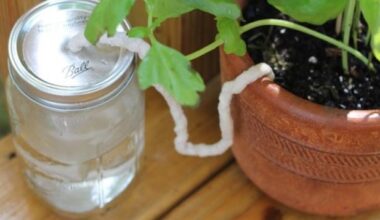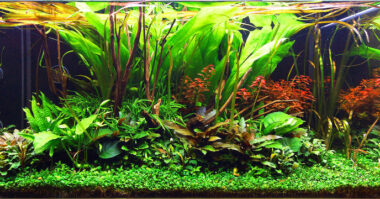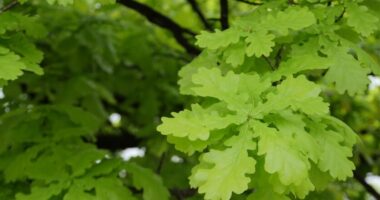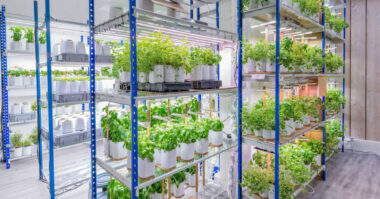Glucose is one of the fundamental molecules of life on Earth, the result of the storage of solar energy in plants through photosynthesis.
Glucose is found as a simple monosaccharide or as a building block of more complex molecules such as starch and cellulose in fruits and vegetables, or glycogen in the animal body. At the crossroads of energy metabolism, glucose can be considered the energy source of our cells.
Plants therefore store glucose in their cells, so that they have it available to them at all times.
Contents
Glucose storage
Carbohydrates are an important source of energy for the body’s cells, both animal and plant. However, while the needs of the cells are continuous, the supply of carbohydrates is discontinuous: during the day (with the realization of photosynthesis) in most plants, after meals in animals.
The constitution of carbohydrate reserves, in the form of polymers (important storage in the cell without significant modification of the osmotic potential), makes it possible to have carbohydrates available at any time. These carbohydrate reserves are essentially made up of glucose polymers: glycogen in animals, and starch in most plants. In some plants, it can be a polymer of fructose, inulin, accumulating in the vacuoles in the form of crystals.
In humans, glycogen is synthesized in hepatocytes and muscle cells. Only hepatic glycogen can then be redistributed to other cells in the body. Glycogen alone can thus represent 10% of liver weight and 1% of muscle weight. This macromolecule can be composed of more than 50,000 glucose molecules. Glucoses are combined in a main chain, from which many tightly branched branches originate.
Source of energy and dietary fibre
Glucose is a member of the carbohydrate family. It is a monosaccharide (simple sugar) naturally present in all living things on Earth and their most important source of energy.
It is found in large amounts in fruits, berries, vegetables and honey. Combined with other monosaccharides, such as fructose, it forms sucrose (table sugar) and lactose. Two molecules of glucose form maltose, a disaccharide resulting from the hydrolysis of cereal starch. It has a slightly lower sweetening power than sucrose. Athletes use it as a quick source of energy, while in bakery it is useful for the fermentation of leavened dough. It is also found in the germinated seeds of the cereals on which many kinds of beer is based.
Starch is made up of many glucose molecules linked together in long chains. Cellulose, on the other hand, is a polysaccharide consisting of complex starch chains. The human organism, unlike that of herbivorous mammals, is unable to digest it. It plays the role of a ballast food.
Syrup and solution
Glucose syrup is made by the hydrolysis of corn or potato starch. It comes in the form of a thick, colourless syrup. In pastry making, it is mainly used in the manufacture of sweets and caramel or in preparations that must avoid the crystallization of sugar. In medicine, glucose solution is often administered intravenously to provide the patient with quick energy.
Summary
The substances produced from photosynthesis are partly intended to be used in the construction of the plant. In fact, dry plant matter is made up of about 90% organic substances, produced in particular from the hydrolysis of starch from photosynthesis into glucose, which is then used in the biosynthesis of various organic molecules, proteins, lipids and carbohydrates, in any plant cell.
Thus, during the growth period of the plant, the photosynthetic activity is essentially used to produce organic molecules to synthesize new plant tissues.








